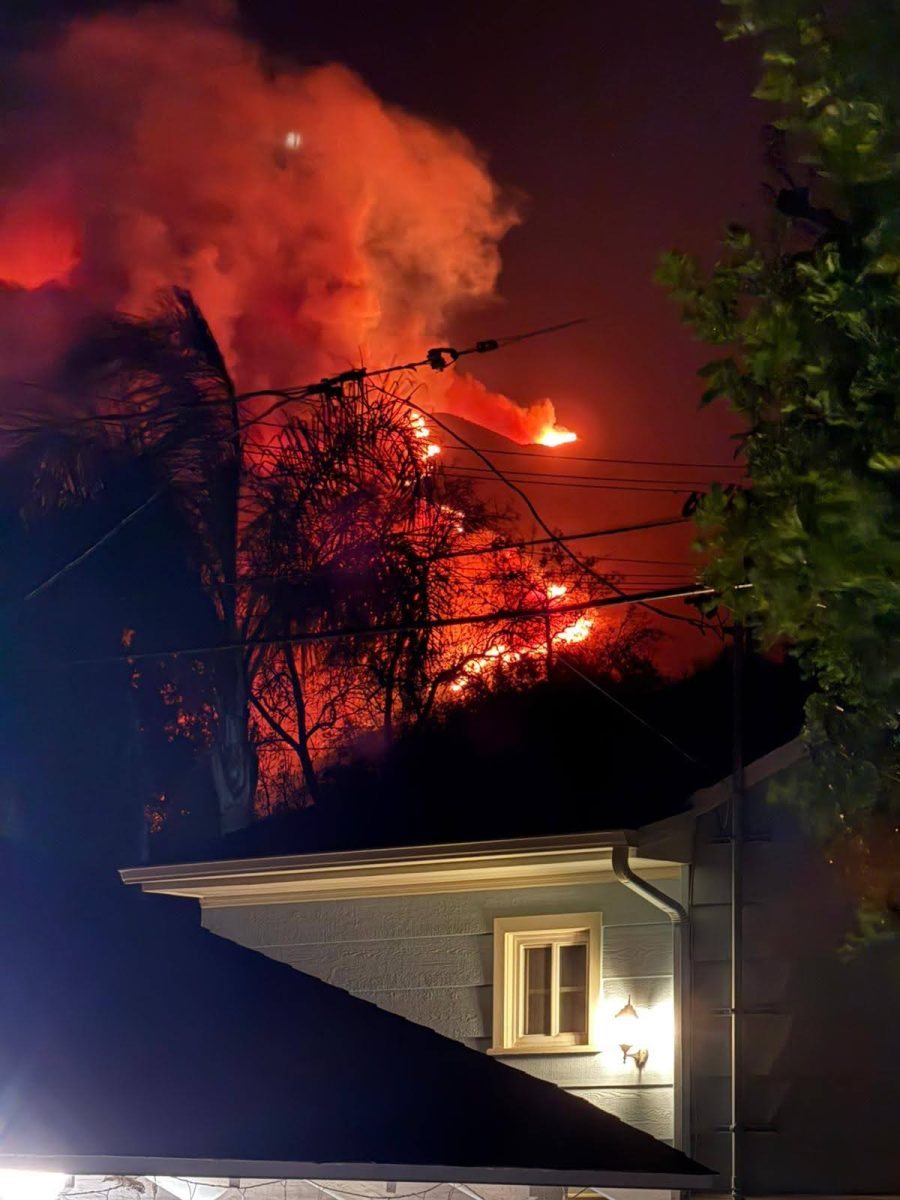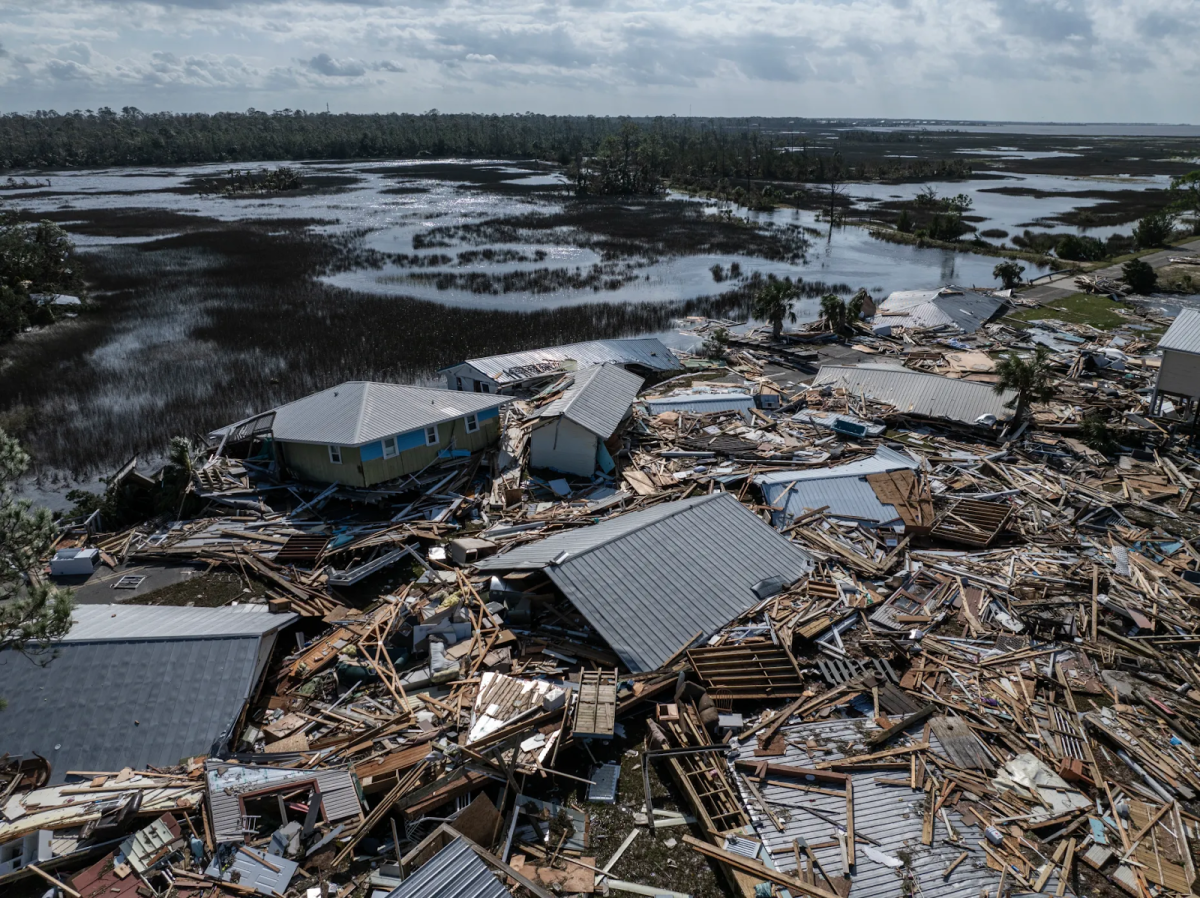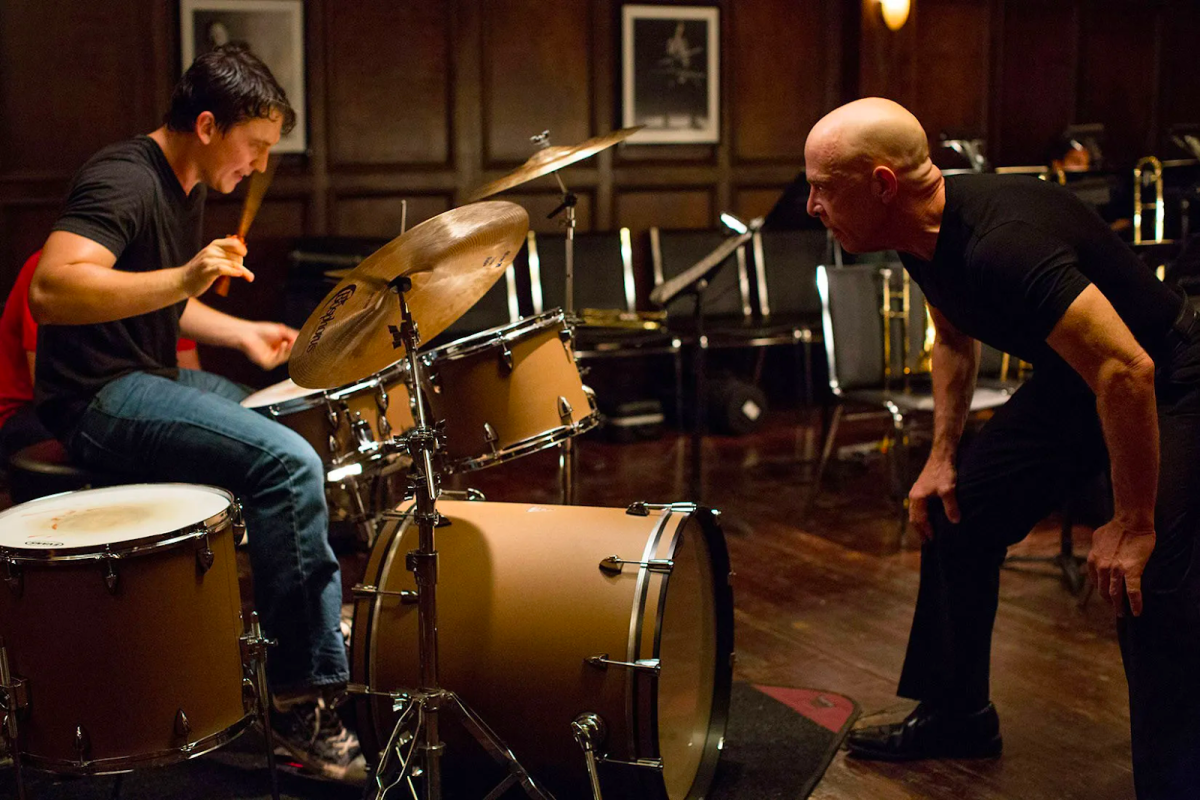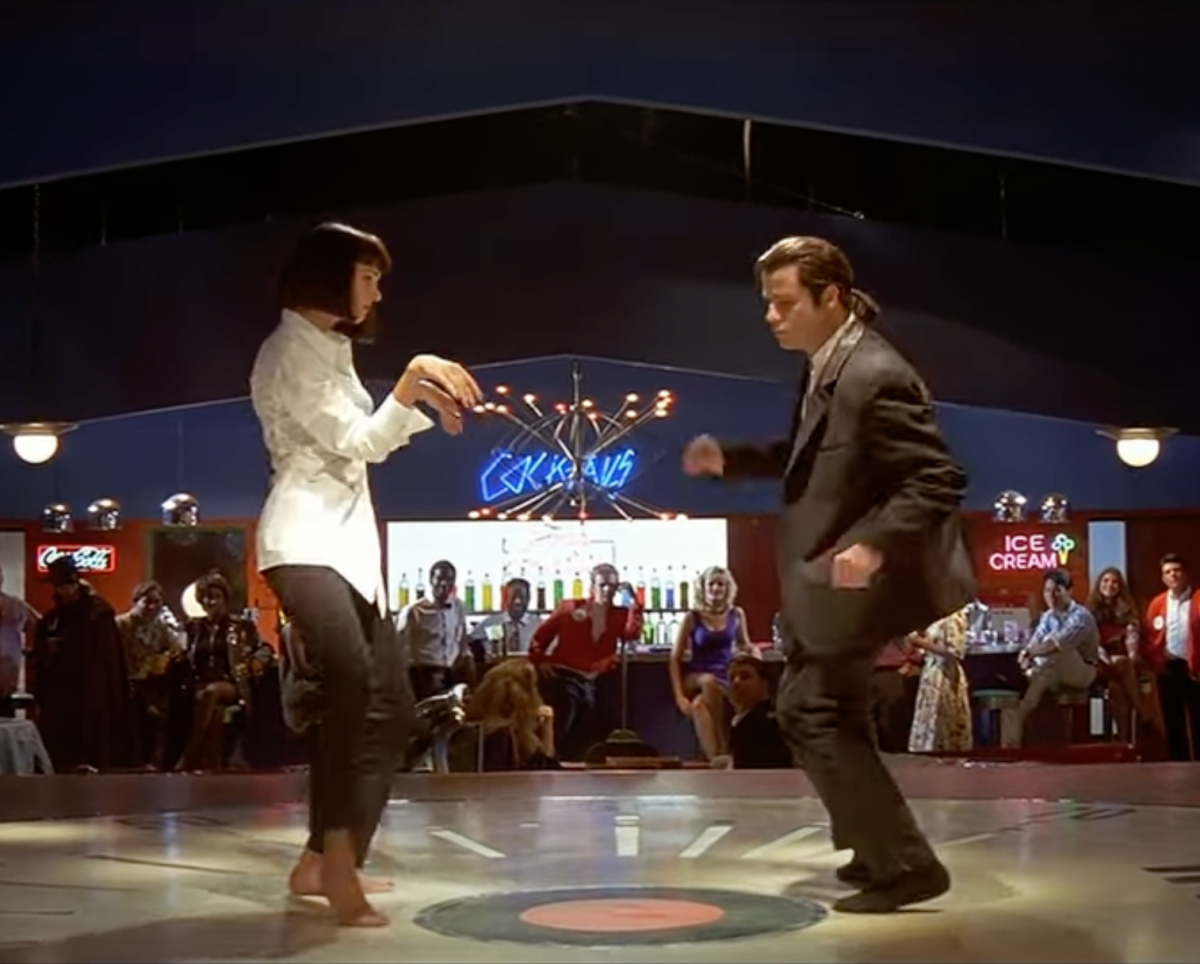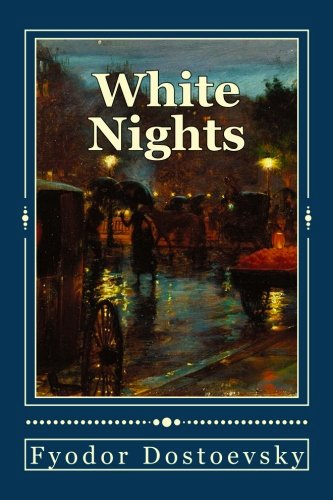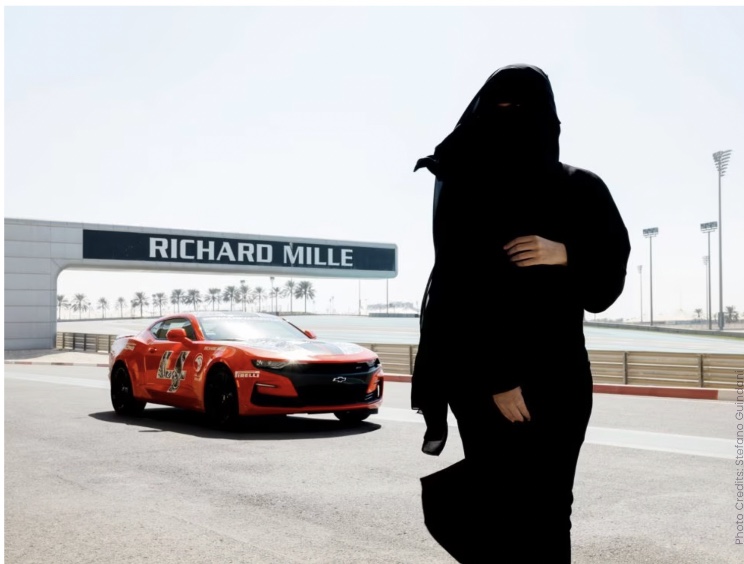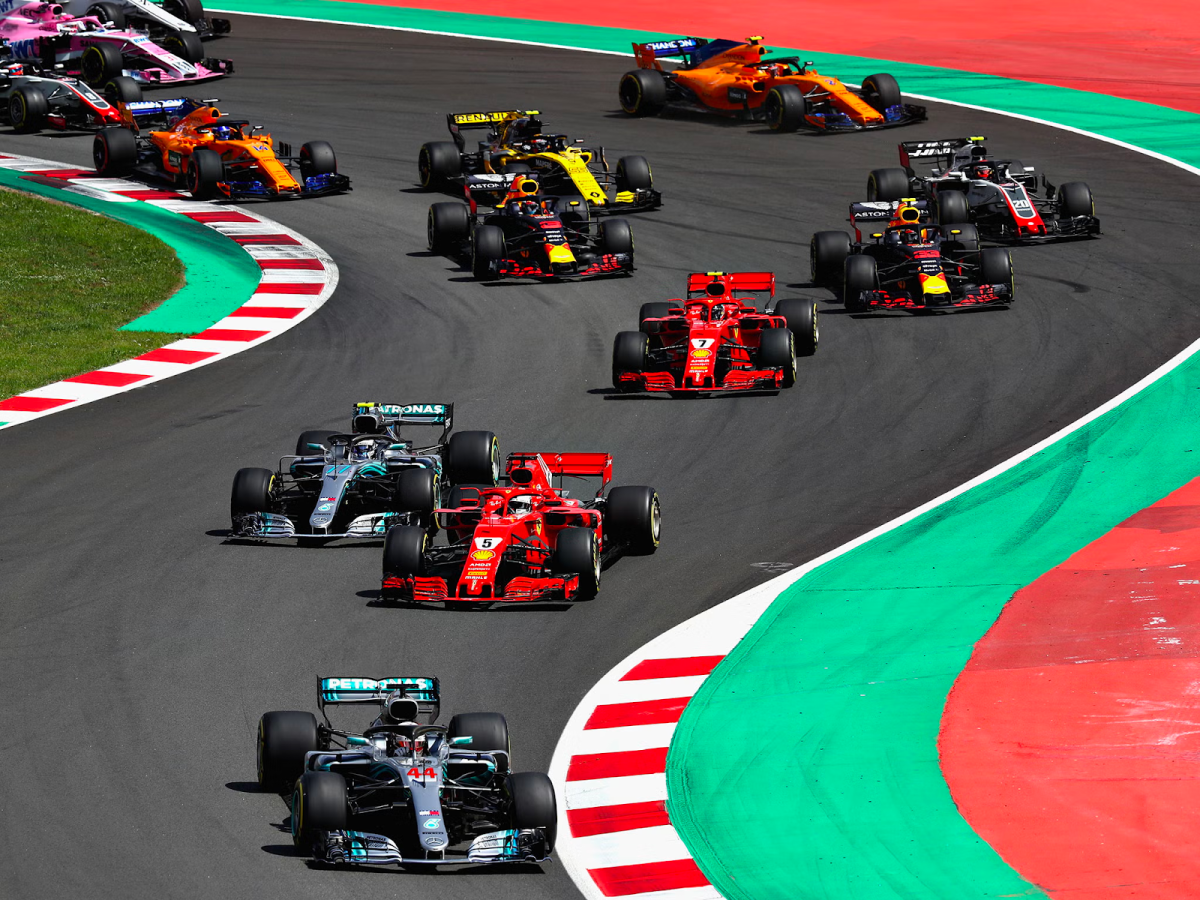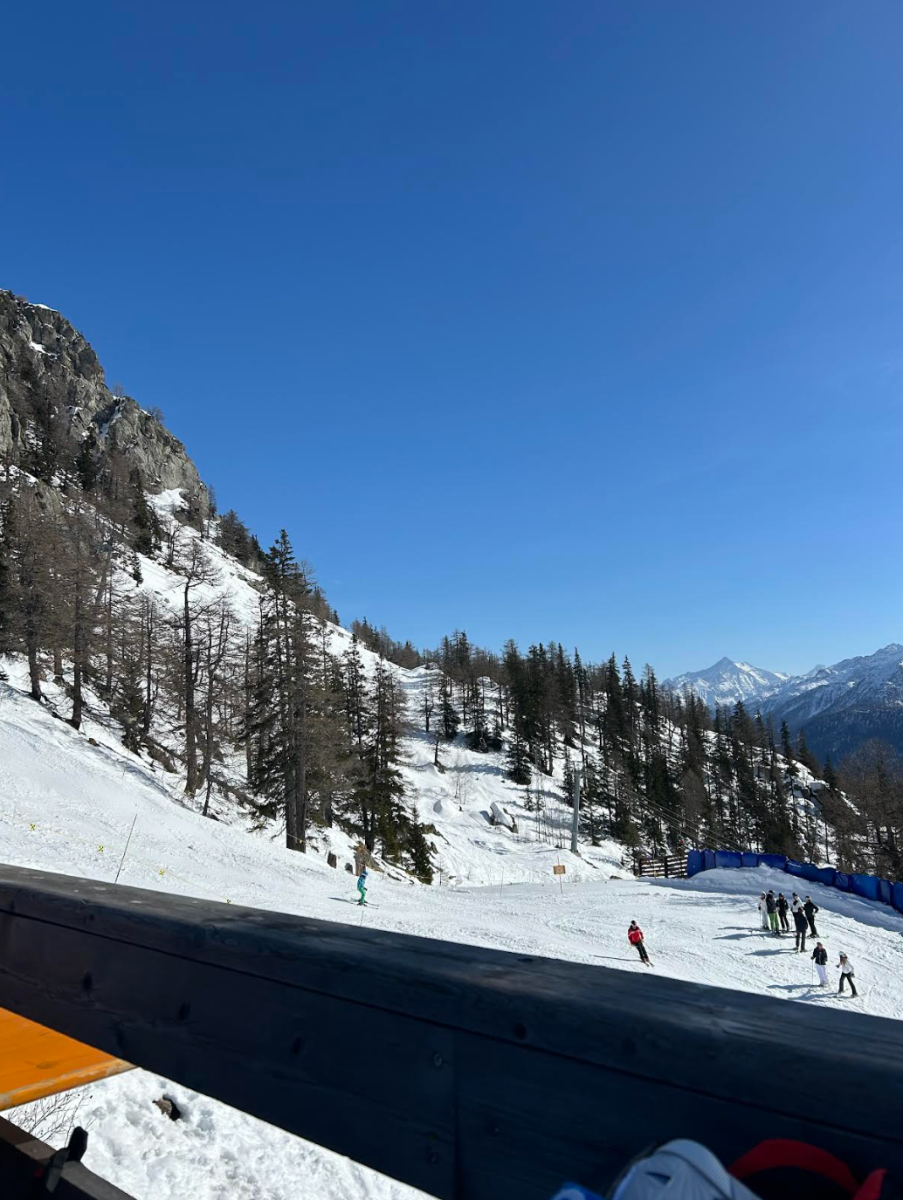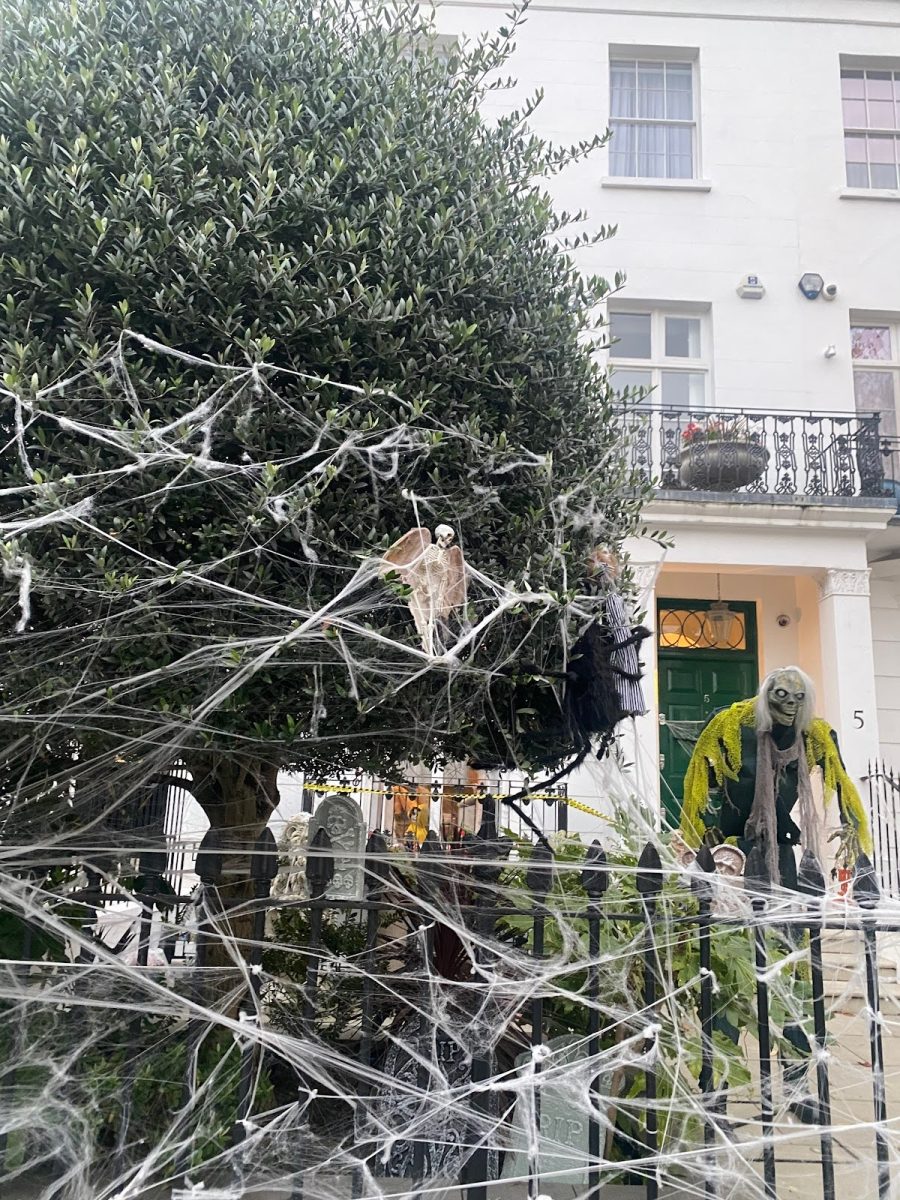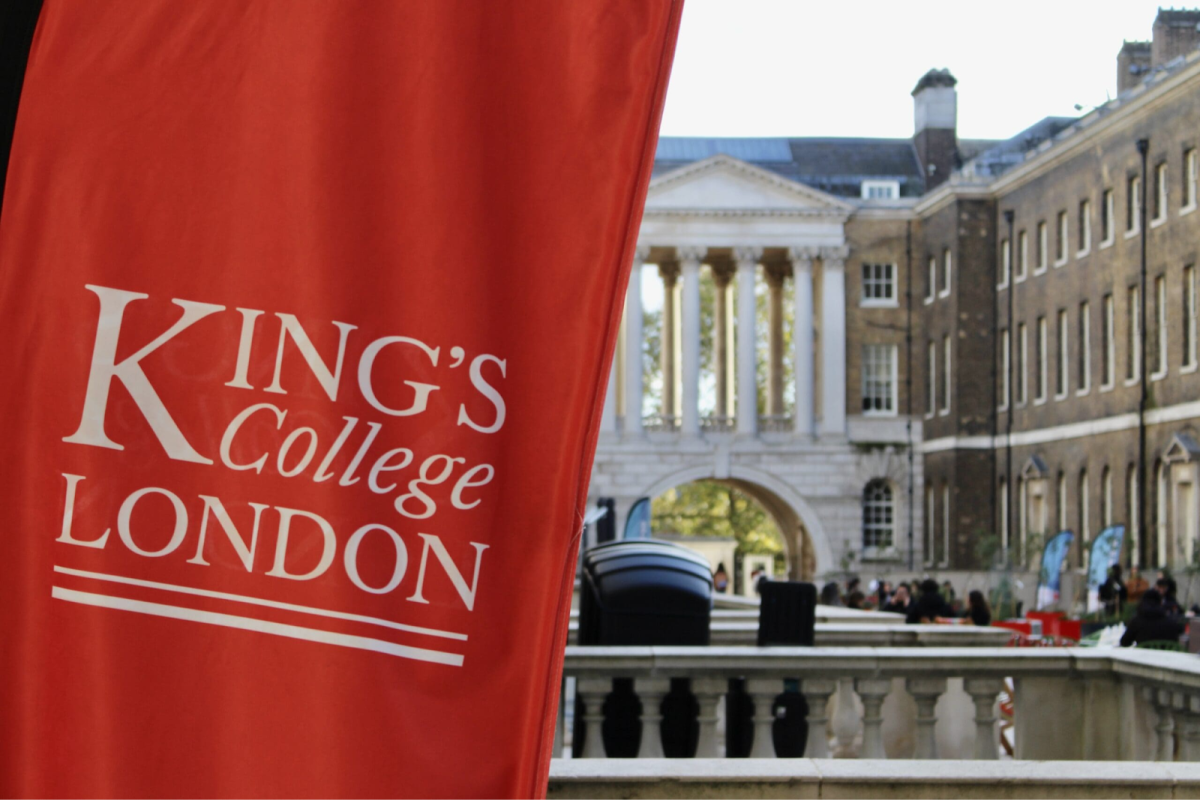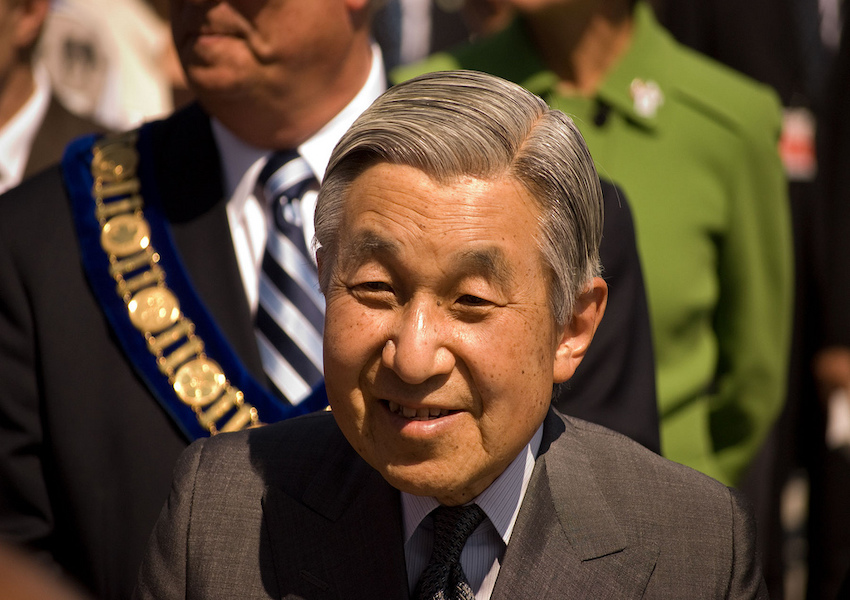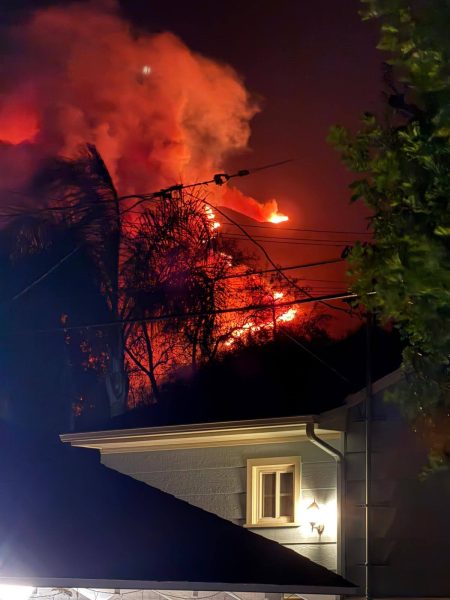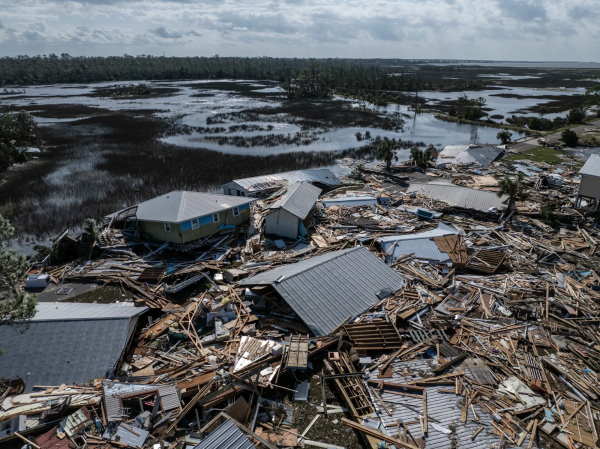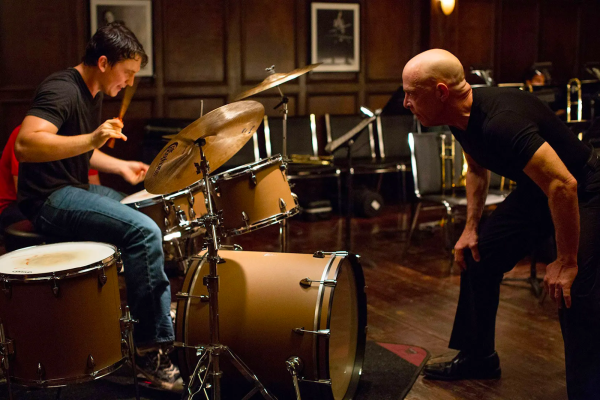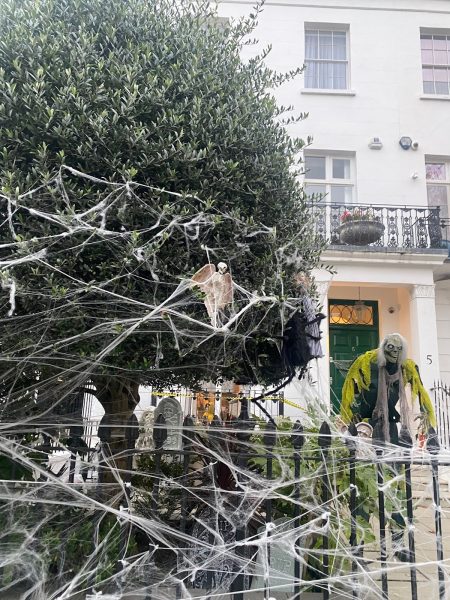Emperor Akihito breaks Meiji tradition
Photo via Flickr under the Creative Commons Licence
Emperor Akihito
Emperor Akihito breaks Meiji tradition and becomes the first ever Japanese Emperor to retire.
I’ve just come back from Japan and become really interested with its history, and the subject of the Emperor’s retirement was huge in Tokyo since it would be the first time in history that a Japanese Emperor retires.
In less than a month from now, Emperor Akihito will step down from his throne and pass his title on to his first-born, Crown Prince Naruhito. The Emperor’s retirement will not only mark the end of the Heisei era but also make him the first ever Emperor in Japanese history to break the tradition of remaining active until one’s death, which was stipulated in the Meiji era.
On August 7th 2016, Emperor Akihito informed the nation via a prerecorded video, that due to his health he was worried that he wouldn’t be able “to carry out my duties as the symbol of the State with my whole being as I have done until now”. After the video was aired the Japanese government started preparing for their leader’s retirement, and after much discussion a law proposed by the Diet — Japan’s national legislature — (March 2017), was approved by the national cabinet in May 2017, making it possible for the throne to be passed down to the Crown Prince.
The Meiji’s tradition of waiting for the current emperor’s death until introducing a new leader was meant to prevent dual authority, so for the first time both current and, the former emperor will be alive at the same time. The conditions of the abdication, dictate that once retired both Emperor and Empress will retain their current living expenses, security and transportation, but they will lose all official duties and may even not be allowed to attend the succession ceremony.
Emperor Akihito and Empress Michiko will move to the Togu Palace on the Akasaka Estate in Tokyo, however, post-abdication will be renamed Sento Imperial Palace, meaning “residence of the Joko (the emperor’s new title).”
The Emperor’s official abdication is scheduled for April 30th 2019, right after the general elections, and the ascension of the Crown Prince following directly on the day after, the official name of the new era being revealed a month prior.

